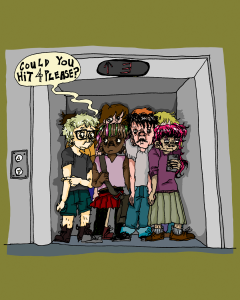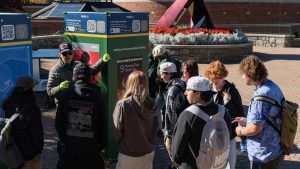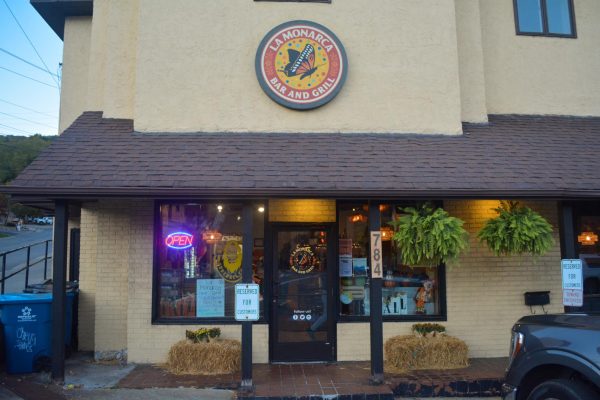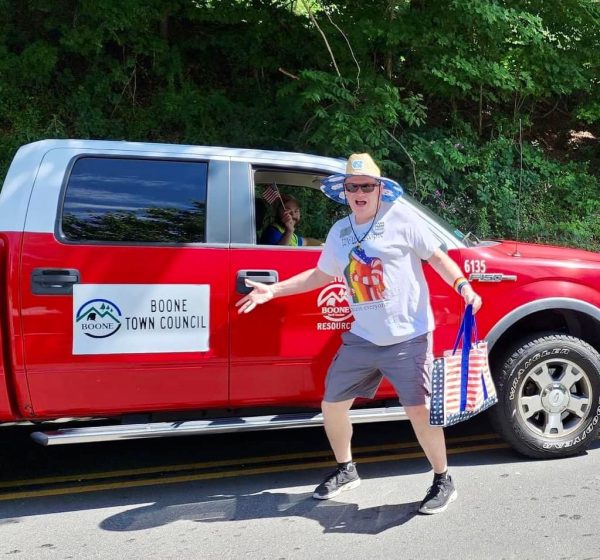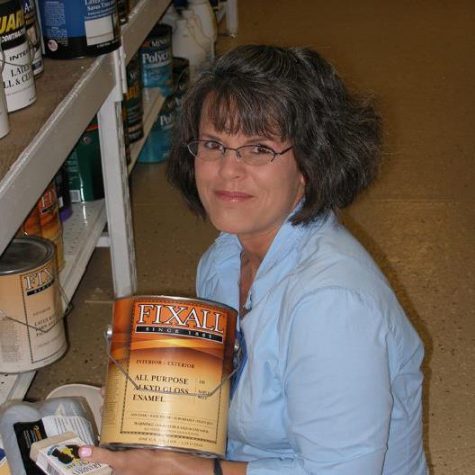Temperamental weather keeps skiers, snowboarders on their toes
January 31, 2020
Visitors to the High Country’s ski slopes face an unpredictable weather pattern this season as rain, snow and heat create their own winter guessing game.
“This year, it seems like we’ve always been on the brink of having some challenging conditions, and then cold weather comes in, so the process is continuous, like a big circle, and it goes over and over,” said Kimberley Jochl, vice president and director of marketing and merchandising at Sugar Mountain Resort.
Jochl said the number of skiers has increased every year, but despite the fluctuating weather patterns, the amount of snow has remained about the same. Luckily, the ski mountains “stockpile” the snow when they can to keep a 30 to 60-inch snow base at all times.
This base is built at the beginning of the season and maintained in case of “warm spells.” It is vital to a mountain’s ability to serve visitors. Appalachian Ski Mountain employee Nolan Cook said the mountain has to take advantage of any conditions that allow for snowmaking.
“Whenever we get temps under 30 degrees, we make snow until it goes above freezing,” said Cook, a sophomore marketing major. “If it gets too warm, there isn’t much we can do but pray that the base layer of snow stays long enough.”
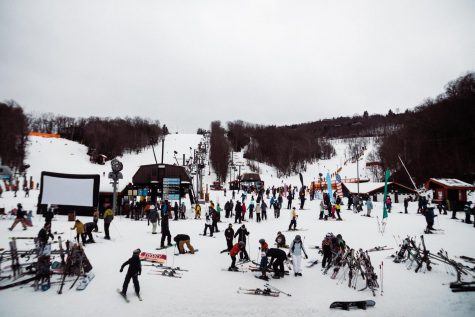
Most locations build and maintain a thick base of snow each season, and hope “that the base layer of snow stays long enough.” Nolan Cook, an Appalachian Ski Mountain employee said.
If the temperatures are not below freezing, but no more than 36 degrees, Jochl said they can make their own snow, especially if there is low humidity. On the other hand, if there are low temperatures, high humidity is preferred.
“Optimally, if we see temperatures in the teens, no wind, low humidity and low temperatures, we can make a lot of snow as well,” Jochl said.
This weather hasn’t just kept the High Country “on its toes.” The National Ski Areas Association, the trade association for ski area owners and operators, has noticed the unpredictable temperatures as well.
Kelly Pawlak, NSAA’s president and CEO, said she has heard about the Southeast’s “thaw-freeze cycle.”
“These large temperature swings obviously make it very hard for skier operators because they have to keep going back and making snow, especially when it’s warmer or when it’s wet, when it’s raining, and then you have a freeze the next day and everything kind of freezes up,” Pawlak said.
NSAA also considers the environment the most important asset for ski areas.
Pawlak said climate change’s effects are seen through the amount of snowmaking on the mountains all over the country, but there are a few things skiers and snowboarders can do to protect their sport. In addition to skiers reducing their personal environmental footprints, Pawlak said skiers can carpool and be advocates for the sport.
“The best thing that skiers can do is reach out to their politicians and let them know that climate solutions should be taken very seriously, and they want more climate action,” Pawlak said.
In the meantime, Pawlak said ski resorts are taking steps to consume less energy with energy-efficient snowmaking technology.
Pawlak said the Southeast has amazing snowmaking capabilities, and its ski resorts are important to the United States’ ski industry.
“If it weren’t for those areas, (people in the Southeast) may never get to try this sport,” Pawlak said.



